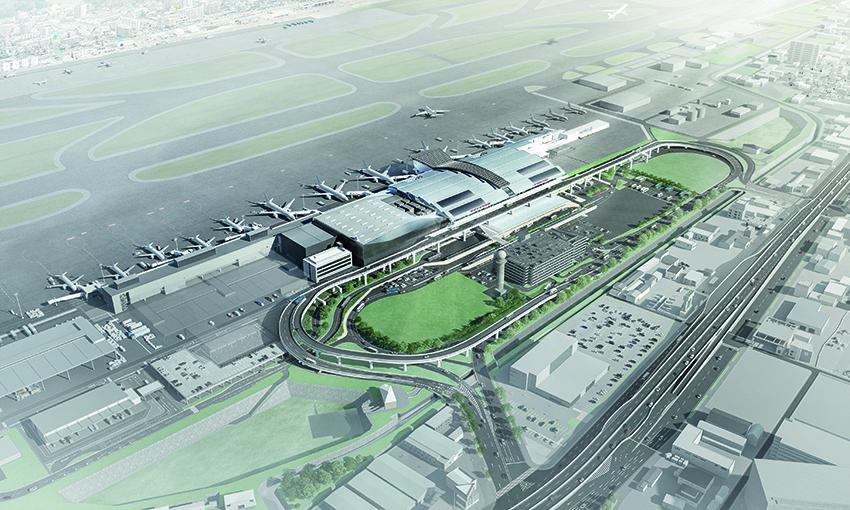Overview: Transforming Xinjiang Through Airport Infrastructure Expansion
China is vigorously advancing its strategy to improve regional connectivity and stimulate economic growth by expanding airport facilities in Xinjiang. This major development, recently highlighted by Xinhua, reflects the government’s dedication to a comprehensive opening-up policy for this pivotal region. As a key node within the Belt and Road Initiative (BRI), Xinjiang’s upgraded aviation infrastructure is poised to accelerate trade flows, boost tourism, and deepen cultural interactions. With substantial investments targeting this strategic corridor, experts forecast that these enhancements will not only reshape Xinjiang’s economic framework but also strengthen its integration into both domestic and international markets. This article explores the multifaceted impact of airport expansion in Xinjiang amid shifting geopolitical landscapes.
Airport Expansion Driving Economic Transformation in Xinjiang
The recent surge in upgrading airports across Xinjiang marks a transformative phase for the region’s economy and connectivity network. By significantly increasing passenger throughput and cargo handling capabilities, these developments are set to streamline logistics operations that facilitate smoother movement of goods and travelers alike. This infrastructural leap forward supports vital sectors such as commerce and tourism while positioning Xinjiang as an indispensable hub within China’s broader BRI framework.
Beyond enhancing transport efficiency, this expansion is expected to catalyze employment opportunities across various domains including construction, aviation management, logistics services, and technology sectors. The infusion of advanced technologies alongside infrastructure upgrades will also contribute to elevating workforce competencies locally.
Key advantages stemming from this initiative include:
- Strengthened Trade Networks: Enhanced logistical frameworks enabling faster import-export cycles.
- Improved Regional Accessibility: Better air links connecting remote areas encourage diversified economic activities.
- Job Creation: Growth in employment prospects spanning multiple industries tied to aviation development.
- Cultural Enrichment: Increased inbound travel fostering intercultural dialogue through tourism.
As these projects progress, maintaining sustainable growth while safeguarding the unique cultural heritage of Xinjiang remains paramount—ensuring long-term benefits for local communities.
Strategic Impact on Trade and Tourism from Xinjiang’s Airport Growth
The enhancement of airport infrastructure across Xinjiang represents a critical advancement toward boosting both commercial exchange and visitor influxes within this geopolitically significant area. Improved facilities are anticipated to elevate cargo throughput substantially—facilitating supply chains for diverse industries—and attract increased foreign direct investment (FDI) that nurtures local enterprises.
Notable outcomes linked with these developments include:
- Expanded Flight Connectivity: New routes linking key Chinese cities with international destinations enhance accessibility.
- Sustained Tourism Development: Easier access encourages exploration of Xinjiang’s rich ethnic mosaic alongside its scenic natural landscapes.
- Diversified Economic Base: Emergence of hospitality services complements traditional industries contributing toward balanced regional growth.
Strategically located airports serve as vital conduits supporting BRI objectives by facilitating cross-border trade cooperation between China and neighboring nations such as Kazakhstan, Kyrgyzstan, Pakistan, among others.
To illustrate projected impacts on tourism growth rates alongside trade volume increases:
| Year | % Increase in Tourist Arrivals | Total Trade Volume (Billion CNY) |
|---|---|---|
| 2024 | 16% | 13 |
| 2025 | 22% | < td >17 td > tr >|
